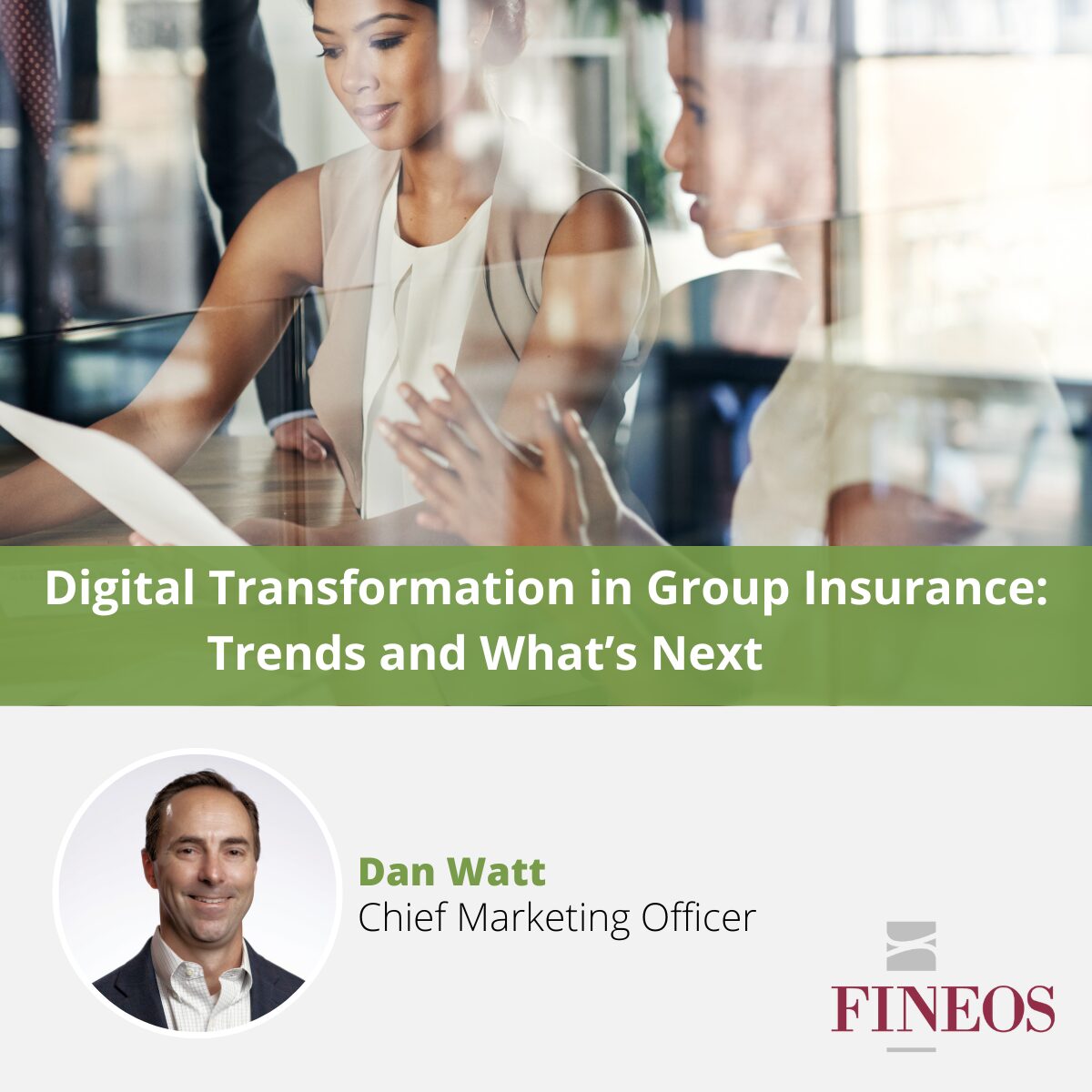What is holding insurers back?
In my first blog of this series, I discussed how standards are rising in digital customer service and how the Life, Accident and Health industry is not doing enough to meet these new standards. In this blog, I hope to set out some of the challenges we need to overcome to make better progress.
Our organizations and IT systems are fragmented
Insurer organizations are fragmented, especially in customer service, administration and IT teams. Admin is often organized around product lines, either based on specialist skills or from a history of M&A. Insurer systems often don’t help; there are still many systems from the 1970’s and a plethora of part-replacements in the intervening decades.
This doesn’t sit well with customers who have been sold multiple benefits in an integrated package, particularly in the group space. As soon as you write the business, this fragmentation becomes a service issue. The illusion of an integrated experience created during the sale and enrolment process crashes into the reality of the fragmented post-sale customer experience. If you throw in multiple distribution channels, multiple digital and traditional service channels, the experience gets worse.
The burden of DIY
Most insurers now understand that while building custom systems can initially provide flexibility, in time they become a burden. As a result, we’ve become accustomed to buying core systems rather than building them. It makes economic sense to effectively share the cost of core systems with other carriers by buying a solution from a product company.
Sometimes people park that logic at the door when it comes to portals and other customer facing technology. We think of them as simple front ends, something unique based on the carrier’s brand and communication style.
The reality is, though, that rich user experiences are today’s standard. Think Amazon, Facebook, Zappos and Virgin. Creating rich customer experiences like these is not simple. It’s far more expensive and complicated than the old-style fire-and-forget electronic forms. These portals quickly become complex systems in their own right and integration with core systems is often expensive and difficult to maintain.
DIY efforts to create these portals can end up as frozen digital experiences. We embark on a project with good intentions, but then we may run out of budget or get it live and then get parked for a year to focus on other areas. If you tour insurer web sites you’ll see plenty of user experiences that are dated and haven’t been updated since they were first rolled out.
Consumers are used to digital experiences being refreshed all the time; we instinctively know what looks fresh and modern and what looks old. When consumers encounter frozen presences, they question whether they’re even working anymore, leading them back to the call center and driving down digital adoption.
In addition, these older portal technologies can develop security vulnerabilities. Hacking tools are moving forward at a frightening rate, and the older the system in place, the more vulnerable it is.
For these reasons and more we need to look toward buying portal solutions rather than building them from scratch. Sure, they need to integrate into our web site and brand, but these layers can now be added to portal products without extensive customization.
The threat of security breaches
Security breaches are happening every day and the threat level is rising. A quick sample from 2016 includes brands that were breached from all sectors, including Yahoo!, LinkedIn, 21st Century Oncology, Swift, and the USA’s National Security Agency. If these organizations can get hacked, we all need to take this threat seriously.
While these hacks are big news, they’re rarely executed through self-service portals. Most hacks are against softer targets like end-user desktops within the organization which can be used to attack other systems internally. A perfect example of this trend is the global WannaCryptor outbreak last week, targeting old and unpatched Windows machines. There have also been many cases where vulnerabilities were exploited through suppliers or back-up datasets.
Email is particularly weak since it’s unencrypted and subject to human error. Mistakes, like mistyped recipients and incorrect attachments, are a part of everyday life. Addressing an email to the wrong person can be inconvenient, but if that email contains a group eligibility list with employment and income data it can represent a serious breach.
So, while putting data online in a portal can feel like a new vulnerability, it’s often much safer than the alternatives we’re using today.
Part of doing portals well is full encryption. Cloud services designed for use in other industries often only encrypt a subset of the data. This isn’t good enough for our industry, where lots of sensitive financial and medical information can end up in comment fields, incorrect fields, attachments, etc.
Complicated service stakeholders
A lot of businesses do B2B, B2C, or both. Few industries, though, sell the same product to both a business and a consumer at the same time. Group Employee Benefits does exactly that; both the employee and employer are stakeholders in both the sales and service processes. This complicates the service relationship as both stakeholders have information needs and can make service requests that affect each other. If the relationships between these stakeholders and the products sold are not accurate, we can erode trust and confidence by providing conflicting information to different stakeholders. This already complicated service environment is further complicated by multiple channels and intermediaries.
As a result, few generic CRM and service solutions really fit the bill without significant customization and, even then, often struggle to represent these complex relationships and service them well. Since CRM products are often the source of key information for self-service, using generic solutions as a platform for portals often exposes these weaknesses to your customer base.
What is the way forward?
Ok, we have our excuses laid out, it’s not completely our fault, it’s hard! In the next blog I’ll discuss how we can overcome these problems to deliver a better digital service experience to our customers.


